What happened
Putting Arsenal's 2-2 draw in the North London Derby under the microscope
A few short days and a lifetime ago, “North London Forever” blared early in the running order, preceding the Champions League anthem for the first time. The squad then offered a performance worthy of that soundtrack, led by a starting ensemble of radiantly talented players and supported by some heartstring-tugging depth cameos.
There were many stories of note. Gabriel Jesus returned to the XI and brought all of his quality with him. Martin Ødegaard played an incredibly on-ball, active version of his game, combining some of KDB’s ruthlessness around the net with some of Modrić’s capabilities in deeper orchestration:
The Arsenal we had hoped for was back.
On Friday, we heard a fitting coda: Ødegaard, the wunderkind emeritus who was serendipitously pulled into our orbit, announced that he had pledged his long-term future to the club.
This was well-earned. You may have seen that he’s won possession in the final third more often than any other player in Europe’s top seven divisions; he’s scored more goals than any central midfielder; and, in a stat I wasn’t fully aware of before I researched his piece, he led the Premier League in progressive passes last year, despite being 38th in touches. To reappropriate the words of his right-back, he is obviously quite good at football.
But, alas, the week was not yet over.
What loomed was a 2-2 draw in the North London Derby which, to most of us, felt like a loss. And as much as I’d like to dazzle you with academic level-headedness, it’s-not-so-bad context, injury woes, tales of dormant quality, and field-tilt, I’ve also read that Heinlein quote: “Man is not a rational animal, he is a rationalizing animal.”
In truth, I thought the match was basically fuckin’ disappointing, the performances were mostly lacking, and the manager made some critical mistakes.
Moreover: you’d think, with the benefit of a rewatch and a little time, I’d be able to add some level of understanding to Jorginho’s blunder, for example. Nope — I think it gets more baffling by the minute. Here is a freeze-frame of him receiving the pass:
It was rough, and should hover over all of our analysis like a fog.
Meanwhile, that captain — the one who was having such a memorable week, bossing the Champions League and announcing a contract — put in a performance that typified the team’s struggles, triggering sloppiness for Tottenham and Arsenal in equal measure. His 5 first-half completions were his lowest in an Arsenal shirt. His 17 pass completions were his lowest since March 2022. See:
How quickly things change. I wonder how we’d feel right now if the order of the fixtures was reversed, and the Champions League demolition was the nearest result in our minds.
Yes, we remain unbeaten across the season, and it is possible to retain our general bearings — not to mention our optimism about the future — while excavating the hard-won truths of the present.
But, as supporters, let us do what we do best: recriminate!
🦅 Jesus takes the wing
On Wednesday, Arsenal relished the opportunity to, at last, play against a team who didn’t pack the box with quite so much force.
Facing Tottenham, all signs pointed to facing a “much more talented PSV” than a “more dynamic Everton.” Here’s what I pulled before the game:
From there, two large questions lingered over the pre-match considerations: who to start, and how aggressively to press.
On the first count, Arteta was relatively hamstrung, without the option to use a first-choice left-wing (Martinelli), a second-choice left-wing (Trossard), a star defender (Timber), and a star defensive midfielder (Partey). Injuries mounted during the contest, as well, with Rice going out with back pain, and Saka limping off the pitch.
Look, I like Jesus on the wing plenty. Many good players are good in multiple roles, and there are a lot of situations where he might be best out there. But the question is not whether a player can put in an effective individual performance at a position, but whether the player is put in their role of maximum impact given squad makeup, circumstance, desired play style, game state, and more.
So Jesus on the wing passes the “is this a solid option?” test with a margin, and should definitely remain on the table, especially if a top striker is secured in a future window. But was this the best option for this game, this squad, this situation — or even in this broader period of team evolution? I was doubtful before it, and the game didn’t dispel those doubts.
It all has to do with creativity and chance creation. Whatever we may say about Ødegaard or Saka, I believe Jesus is our most creative, freewheeling threat — which is exactly what the team needs right now. The team is usually doing OK for “control,” at least as it is often and imperfectly defined: logging more possession, more progression (at least in other games), and a higher pass percentage than last year. At the same time, it’s facing lower blocks — and missing the unsettling action, the unexpected movement, the decisive pass, the pass before the pass.
Arsenal rank 17th in key passes as measured by Wyscout, ahead of only Burnley, Sheffield United, and Everton.
Here’s what Jesus said about himself this week, when asked about his unique qualities:
“You don’t know what I’m going to do. I create chaos. I started in Palmeiras, my former club, I was like 15/16. Before that, I only played in the streets. I bring the streets to the pitch.”
He brought that midweek against PSV.
At 47’, already up 3-0 thanks in large part to these two, Ødegaard was pulling around defenders in early build-up. This opened up the opportunity for Jesus to drop low, accept a ball from White, ping it back to Ødegaard, and go off to the races:
The velocity and awareness of this move was the key. Look at what he’s done in a couple seconds: two CB’s are forced up to delay the attack; Ødegaard is running through the middle; Dest is now pulled off Saka, which would open him to the switch; and Jesus himself is available for an over-the-topper as needed:
Havertz plays it out to Trossard, and within 10 seconds of holding it up on the right, at the half-line with his back to goal, Jesus is a left-winger in the box. This pulls the team’s big CB (Bella-Kotchap) out, and leaves Havertz and Ødegaard in their ideal roles, flooding the box with some chaos. Even White is looking to join the fun. The move ultimately doesn’t come off, but this is a good example of the kind of beautiful havoc he can create:
Here’s another, and this will show how this kind of play helps make Ødegaard a more potent, central force. Ø made a decoy run, then dropped between midfielders, and then zoomed over to the Arsenal left, finding a space in the circle, which opened another lane for Jesus to identify and drop into:
Now that PSV is tilting that way and Ødegaard is in the middle, Saka can join the half-space, and White is sprinting down the line:
White runs past Saka, who naturally garners attention. Jesus can now sprint into the vacated half-space. All of this allows Ødegaard to patrol the middle with a huge gap of space:
…and Ødegaard can now carry forward with options: Trossard wide, Havertz making a striker run, White open on the wing, and Dest trying to switch to cover Jesus:
That pass is exactly what has been missing this year as things got more static, the strikers have been more central, and defensive assignments got too easy to sort out. What I hope these examples show is how they come about: through dynamic, lockstep rotations. Jesus, as a floating Mr. Fix It, helps make it all tick.
Would Tottenham likely have defended some of these situations with a little more speed and discipline? I’m sure. But in truth, we didn’t really get to find out.
On the contrary, if your team is lacking central incision and creativity, is this where you want to put your most helpful, expansive, all-pitch playmaker?
I know my answer.
Meanwhile, it was a rough one for Eddie Nketiah. I logged into the ‘ole scouting portal to go through all of his received passes, and in 101 minutes, they only credited him with one successful pass reception. Here it was:
Oof. In his last 174 minutes across two matches, he’s completed 9 passes.
Let’s keep shit in proportion, please, but he has recently cut an isolated figure in attack, interpreting the role as pinning the CB, running the channels, and goal-hawking. I can’t imagine he is disobeying coach instructions on this. Many strikers with similar priorities can be prone to quiet games, interspersed with the punctuation of goals. This was the problem in the winter, amidst reports of a knock when Trossard was inserted into the lineup, and it seems to have returned.
What made things difficult with respect to Ødegaard was that Tottenham knew he was the only real central creative threat of the team. As such, they would shadow-mark him with Maddison if he dropped deep, and shadow-mark him with Bissouma further up:
The advantage here is that Ødegaard can theoretically move around Bissouma at will, like he did against PSV, allowing other players to drop in and receive. Those rotations didn’t click that well in this one, and Nketiah always seemed anxious to get back forward. There wasn’t much there.
So Jesus is better than Nketiah? Thanks for the brilliant insight, Billy. The good news is Nketiah is also better than this Nketiah, and is capable of so much more than he showed on the day, as he has proven this year. Against Crystal Palace, Manchester United, and even Monaco in the friendlies, he flashed a markedly-improved ability to hold up play, generate more touches, and unstick things. His pass-map against Manchester United was much more involved:
In the team’s current set-up — with some central incision missing, with Rice working on some forward-leaning evolutions, and some new relationships developing — I don’t tend to think that the “parking and poaching” model is the order of the day. Without exact crossing, or immense physical advantages on the part of the 9, I simply believe the more expansive interpretation of the 9 is needed to grease the operations in almost every contest, save for when we do the double-pivot, opt to go long, and bypass progression altogether (likely to Havertz; I’m A-OK with Jesus doing off-ball runs from the wing in those) — or when we send six attackers forward, as we did against Nottingham Forest. The good news is that there are four options for this: Jesus, Trossard, Havertz, Nketiah. Martinelli is even on the table.
Adjusted per 90, Jesus generated 27 more touches against PSV than Nketiah earned against Tottenham. Many of those extra touches were to help midfielders like Ødegaard; many others occurred when he identified problems or opportunities elsewhere and runs to help out. Strip those out, and they have to be compensated for.
I understood the broad gameplan, I think. Thanks to the likelihood that Tottenham’s CB’s would help defend out to the touchline, Arteta placed his best attackers out there to give them (and the often-vacated full-backs) trouble; from there, more rested players could flood the middle, and an open game may have suited Vieira’s ability to deliver killer balls to an advanced striker.
But my points remain. And with a keeper who eventually started firing it long with no aerial target in sight, I think there was a bit of an identity crisis in terms of play-style and tempo, which we’ll cover later.
Ultimately, I would have gone with Reiss at left-wing and Jesus at striker at the time, and was open to all options at left attacking midfielder. Lest we forget in all these conversations about the lack of punch in the midfield: we have perhaps the most midfieldery striker in the world, and one of the more strikery midfielders in Havertz. We have yet to see that combo in league play, but it looked good in both opportunities of significant run, including both Barcelona and PSV.
But there is another reason Nketiah started, of course.
🤔 What happens after a recovery
There was a reasonable argument to be made that Arsenal could deploy the plan that was used against Manchester United: a more patient, less “triggery” press, laying back and unwilling to take the bait, which has the impact of closing down the space to operate of a streetballing #10 (Bruno then, Maddison now).
Both squads made their intentions clear within seconds, with Tottenham looking to play out the back and Ødegaard and the fresh legs of Nketiah going all the fuck out:
The energy kept up, with Jesus having two more almost takeaways before the second minute:
On the whole, the press looked devastatingly effective early — generating bouncing ball after bouncing ball. Ødegaard and Jesus deserve great credit for their cardio levels; Vieira and Nketiah earned their keep, as well.
They generated 11 high turnovers in total. You don’t need me to remind you what happened with the two stars on this map:
But a few factors started to percolate. Arteta alluded to this in his post-match presser:
“We didn’t do enough with that ball that we regained in certain areas, to allow them to spread out and run those.”
The first, annoying factor, is that the bouncing ball wasn’t our friend. Watching the game back again on Sunday, I can’t tell you how many “almosts” there were, like this one that was just out of the reach of Nketiah:
The second factor was some overdirectness, which we’ll get to next. Facing low blocks and long-balls week after week, Arsenal are trained to pounce immediately whenever a block isn’t set, because those chances are so rare.
It’s a little bit hard to tell from the screenshot, but as Arsenal pushed Tottenham back in a semi-transitional opportunity, Ødegaard was unmarked through the middle — and Jesus could have hit him pretty easily, with Sarr’s momentum carrying him down. Instead, he opted for a over-the-top ball to Nketiah, who doesn’t have a size or speed advantage on van de Ven:
Against teams like Tottenham, PSV, or Brighton, that immediacy isn’t necessary every time. Another chance may be around the bend, and you don’t want to give the ball right back and turn it into basketball. It also decreases the likelihood of touches and involvement from players like Vieira.
The third factor was fatigue. It’s worth questioning whether the early all-out approach was practical given the turnaround.
🏎 The need for (the correct) speed
Since the beginning of last season, Arsenal have shown that they have a general tempo in which they’re most productive. Speaking anecdotally, that always seems to be when they average around 5 or 6 passes per possession.
When it’s fewer than that, they’re usually running too hot — pushing the ball up the pitch regardless of the opportunity ahead of them, and losing it too often. When it’s more, they look lethargic, and likely to make a mistake.
In this one, they averaged 3.47 passes per possession. They haven’t been under 4 since the Brighton loss last year.
The ability to manipulate tempo is a big part of the team’s collective next step, and ideally, would be something that Jorginho offers. But we don’t need to talk about that.
It impacts a specific scenario above all. One bit of evidence, pulled from Understat, is the expected scorelines in various game-states. Let’s see if you can find the problem:
Expected score per 90 in "neutral state": 2.00 to .61
Expected score per 90 when down: 2.94 to .47
Expected score per 90 when up 1+: 1.46 to 2.16
Now, let’s look at the relative intensity of the Arsenal press on Sunday and see if we can’t find some possible correlations:
Oy. I’m no Will Hunting, but that looks pretty clear to me.
Next, let’s see the long-pass percentage during a period when the build-up pivots were scattered and Raya was left without coherent options:
Some more aligning data.
Next, let’s look at CannonStats’ attacking pressure, which tells a pretty coherent story about the game from my perspective:
There were a couple reasons for that first blue dip. The first was improved play by Tottenham. The second was the decrease in pressing intensity, as we saw above. The third was the increase in those annoying bouncing balls — when Arsenal did get a leg in, the ball often went right back.
On top of that, Tottenham actively sought to disrupt momentum, while Arsenal did little of the same:
The ball was only in play for 52 minutes and 12 seconds of the 104 minutes and 21 seconds which were played at Emirates Stadium, equating to a lowly 50.4% share. Frustratingly, this was the second-lowest figure registered in the Premier League season across 59 matches.
But with the help of hindsight, I saw another factor: Declan Rice was probably managing pain.
On this ball, Gabriel is pleading for an option to activate; Rice is walking back, and so is Zinchenko. With no close options, Raya tries to deliver a threaded ball with his off-foot, and it goes right back to Tottenham:
On the Raya worldie save, Rice also looked a little stiff in his reactions and when he walked off:
…and the same may have been true on the goal.
The proximate result during this period was that Raya often had a little less positive activity in front of him, and was getting pressed directly by Son — so he’d just kick it away. This led to increasing barrages of increasingly-competent pressure.
The other result was that, after 31’ or so, the team stopped feeding the ball to Saka. This was despite the impossible happening: his marker had been carded early, after struggling so mightily to contain him in an impossible assignment:
Destiny Udogie looks like a nice player, for sure, and played with a lot of composure as the game wore on — but I’d reject the notion that he ever got much of a handle on Saka, as virtually no one can 1v1. Saka had some personal slop on his passing, but was still a wrecking ball of a carrier. The team just stopped pumping him the ball:
To reframe it: after being triple-marked all year and still finding success, Saka was shaded by a 20-year-old on a yellow without much help. Perhaps I’m a dummy, but I’m reminded of the answer of former Bulls coach Doug Collins when he was asked what play he drew up for Michael Jordan in the 1989 playoffs:
Saka scored two goals, and still left the Emirates with a feeling of untapped opportunity.
Which brings us to the second wave of blue in those threat graphs: the second half. From my perspective, that was also due to Rice: or rather, his absence.
There’s an issue with Arsenal depth, and the issue is that the very things that make Rice worth £105m — among them, his rare ability to serve as a stable platform for five attackers of any kind, pinning the ball over and over — make him a difficult player to cover. Make no mistake, Arsenal may have the best “six” depth in the world. The problem is that the squad has been remade with Rice as the fulcrum, and every midfielder Arsenal can offer looks better when partnered with him, and worse without.
I think that, by this point, Arteta has proven that Rice is so good that he can pair with a couple of goal-hounds and still have control and field-tilt; it’s now up to that shadow striker to turn that into goals. I have some questions about what happens if and when Rice can’t play during these more open games. It’s a difficult job for Partey, and it may require Jorginho to bend the laws of physics.
Ideally, you’d have the ability to cover Rice in aggregate — pairing a Jorginho with more of box-to-box threat. Perhaps the existing players can provide that to a surprising degree. For now, though, it’s just a lot of ground to cover, and Maddison took advantage.
📝 Final notes
So much discussed, and so much still to talk about.
Here are a few other bullets that come to mind:
Finishing: I tend to believe the current issues are more “root” than simple missed shots: nearly every group of supporters seems to believe that their team is uniquely bad at finishing, and the “big chance missed” leaders of the last three years are Haaland, Haaland, Kane. Ultimately, the team is midtable in xG and chances created, and is pounding in more hopeful crosses and fewer pinpoint passes. With the help of more expansive false-9 play, they can improve, but it’s about creating more shots, even moreso than nailing them.
Zinchenko: I just thought I’d offer some praise for his performances thus far. His out-of-possession work has left me with few notes.
Gabriel/Saliba: This partnership has also looked fairly monstrous of late. Saliba did everything he could to push ahead and win this.
Saka not going off early was kind of ridiculous, and a bit maddening. He was standing pat at right-back for a long while.
Dribbling: One of my big questions with Havertz was whether he could provide the bursty dribbling that was so lacking from Xhaka last year. With teams like Tottenham and Man City stocking up on midfield dribblers, I had the suspicion that one of the reasons for Arsenal’s lack of unsettling creative action was due to this; I dug into the numbers, and found little support for that theory. Still doing OK as a unit.
Corners: Arsenal successfully generated 11 corners, but no goals. These set pieces have loomed over everything of late, and offered Arsenal a wider window of tolerance.
Havertz was not the story of the day, and put in a solid 6.5/10. It’s fair to judge him by his output and not just his pressing. This thing may take time, and luckily, there are some other promising options. Among them…
“Left three” makeup: I think the trios of Martinelli/Trossard/Jesus and Trossard/Havertz/Jesus both have huge potential in the season ahead. Man, I think Martinelli would have eaten here.
My wife got a book called Smart Brevity. I, obviously, have not read it. Time to wrap it up, Billy.
As ever, the sheer process of typing this out has chilled me out a bit from a frustrating result. I’m glad we can wash it away so soon.
If you’ve enjoyed this, please send it along or share it. I don’t know how to market things, but am just a few subscribers away from 4,000 — all since the winter.
You’re all wonderful.
❤️🔥

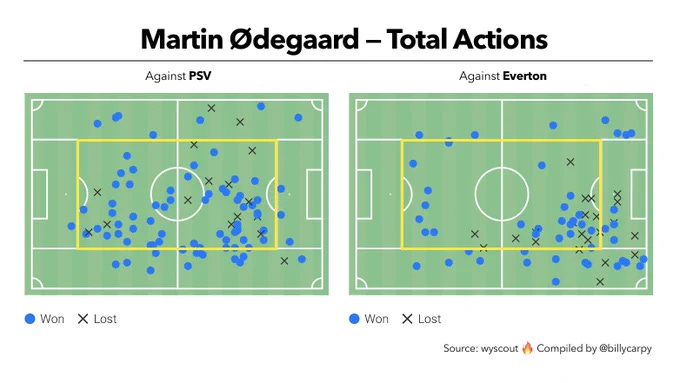



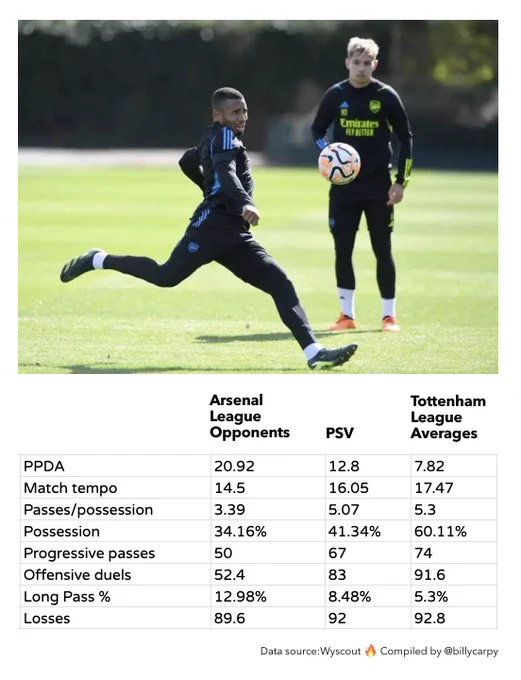

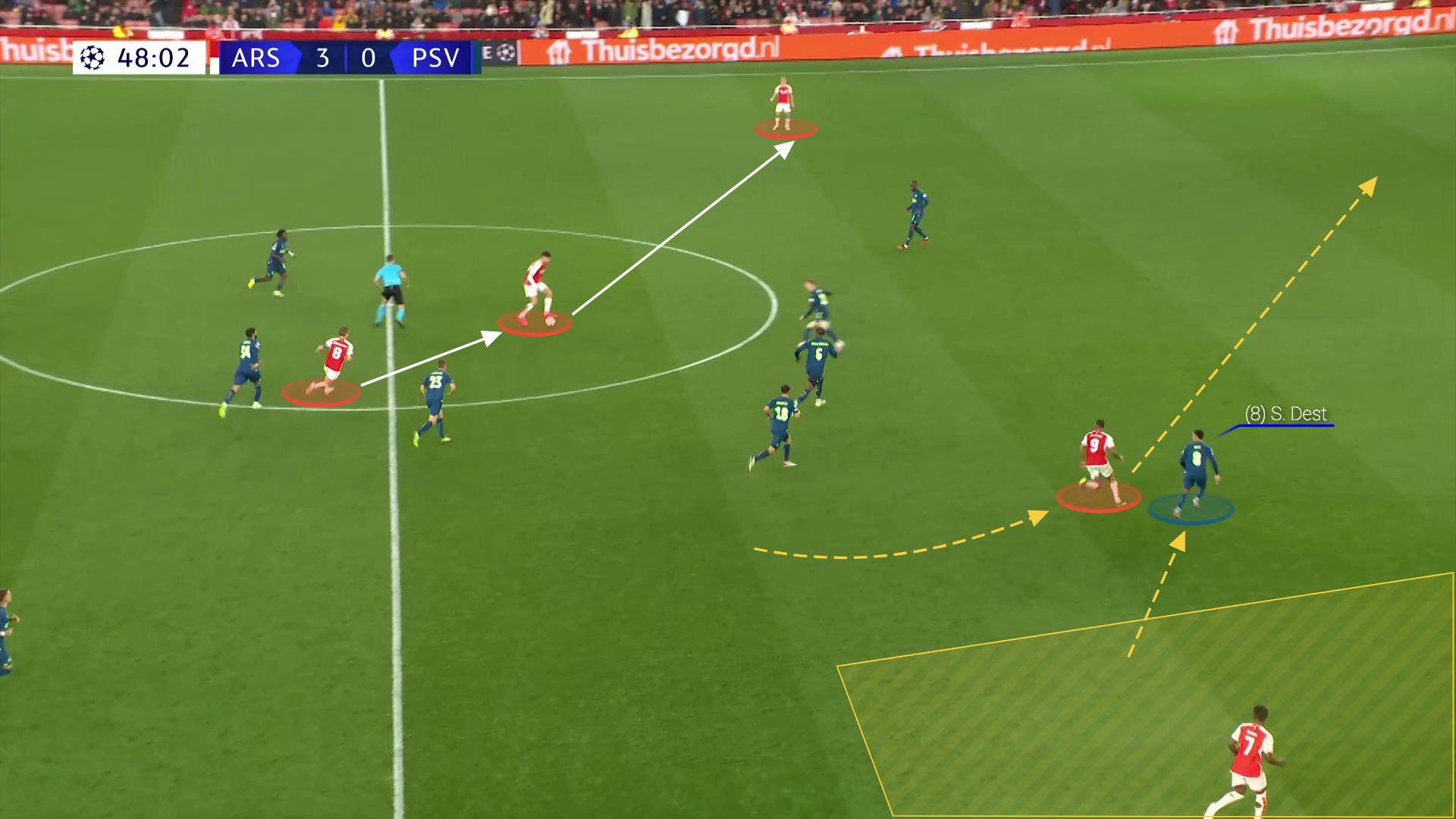






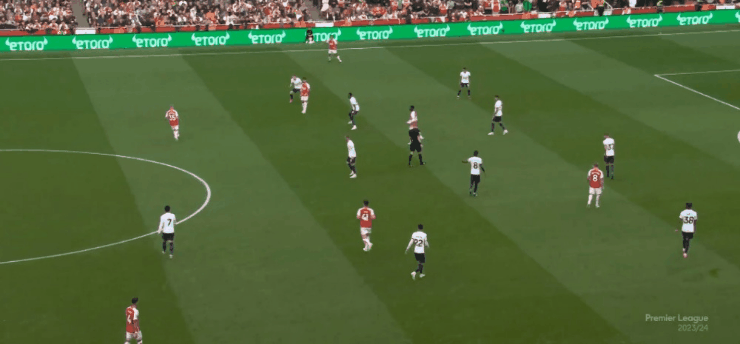


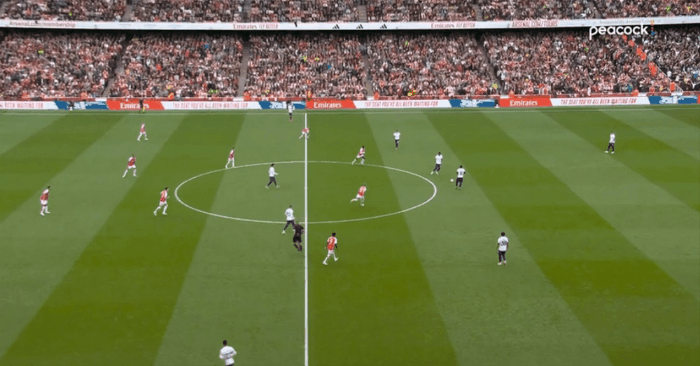
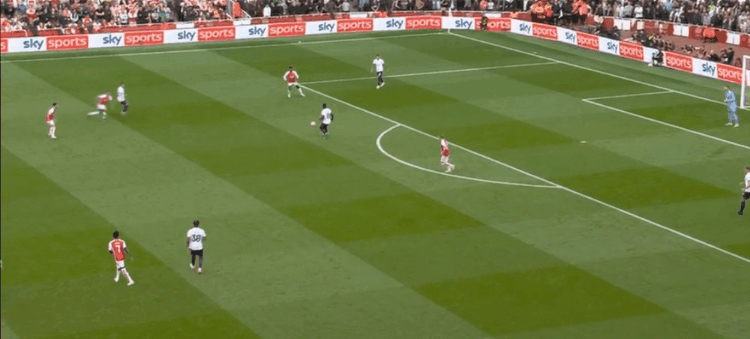

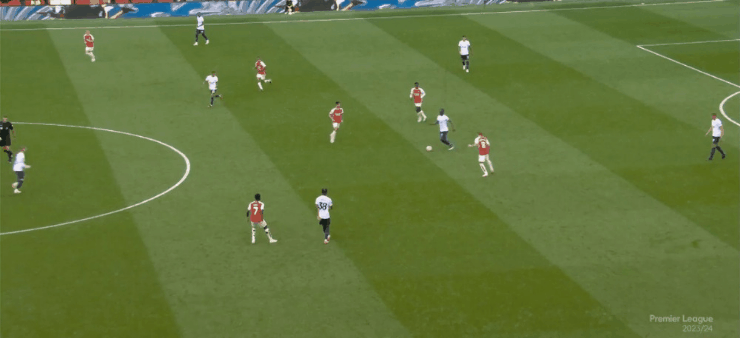
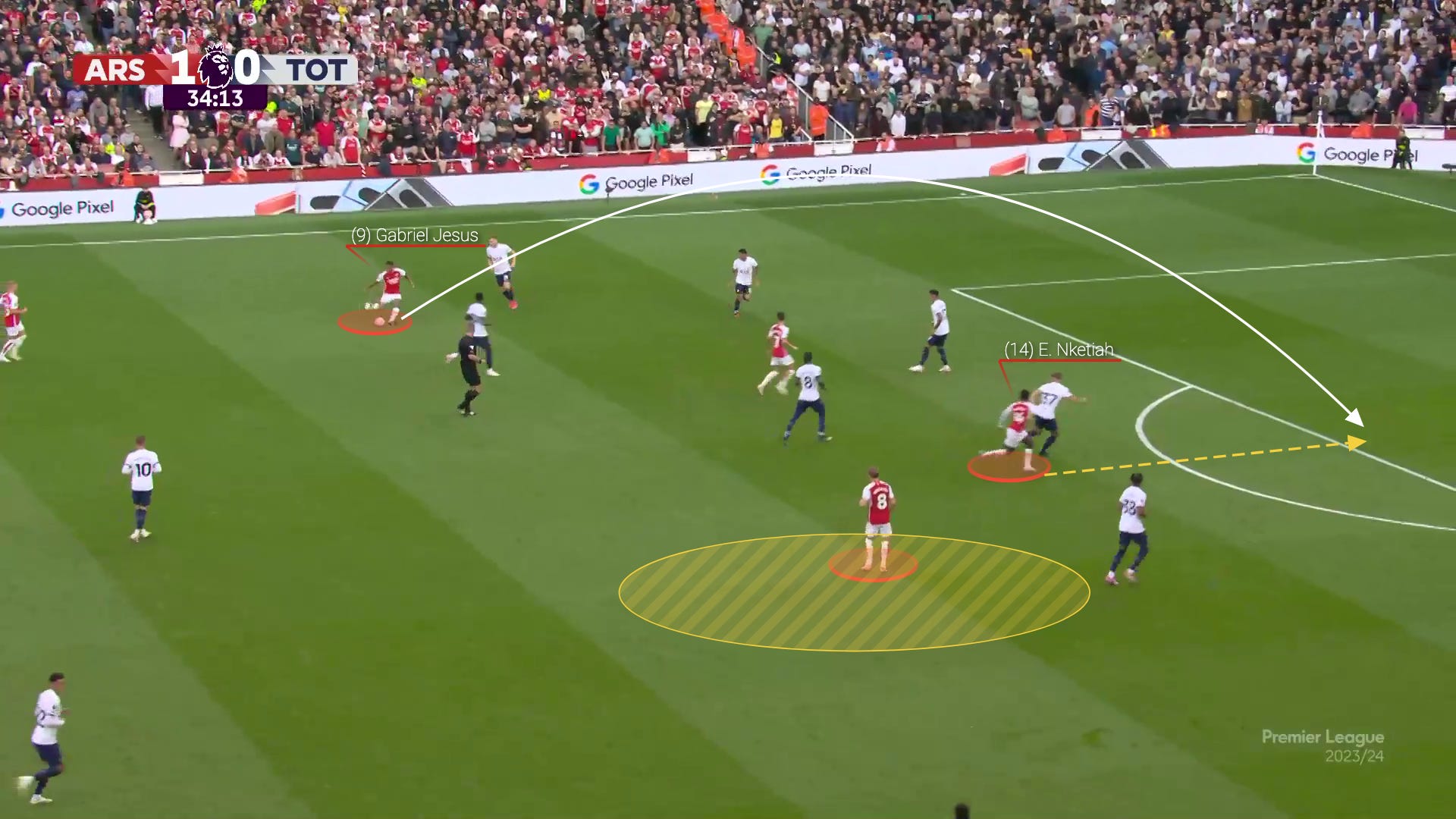

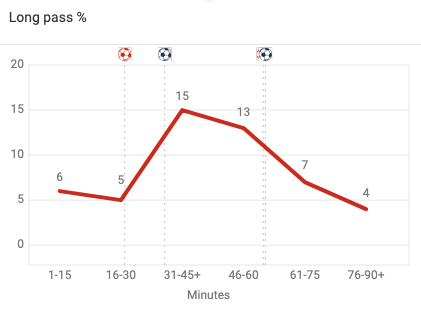
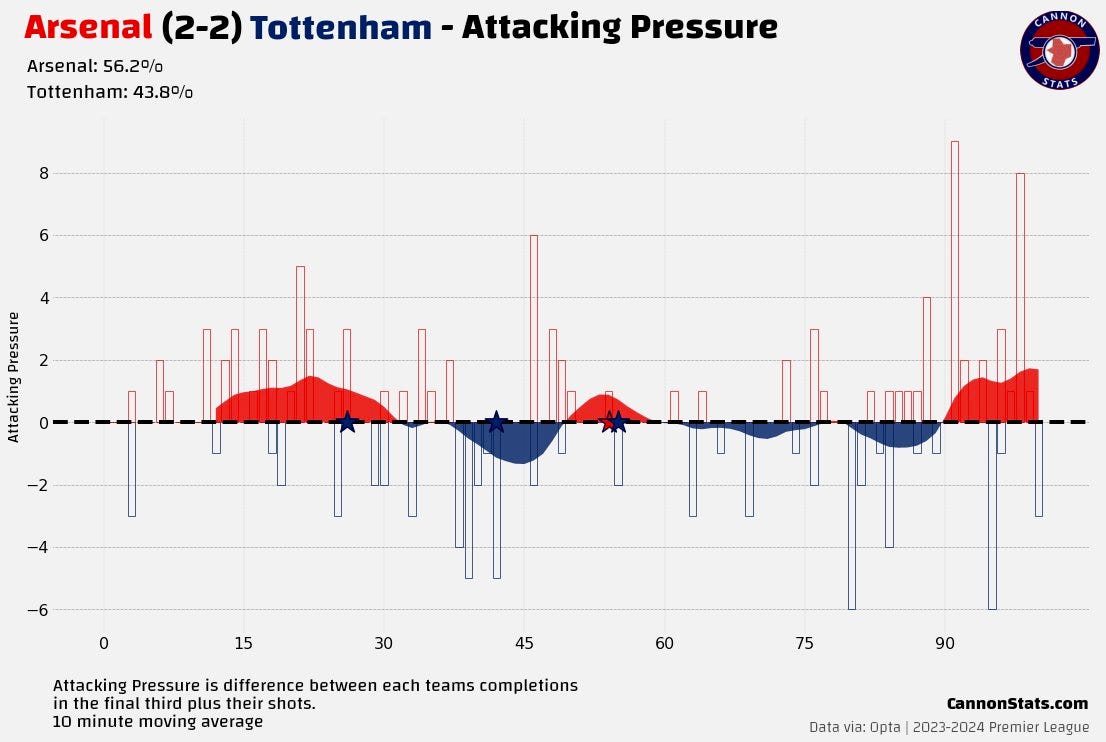
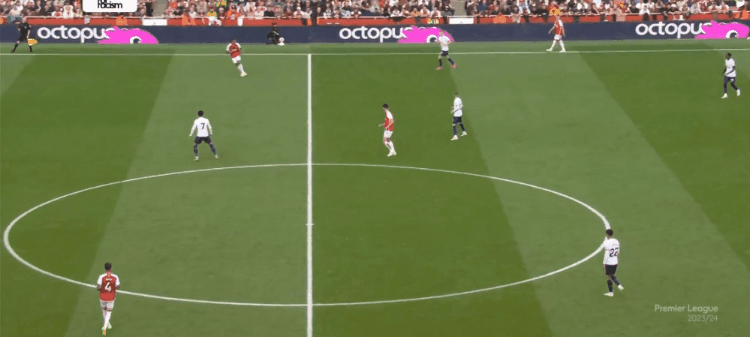
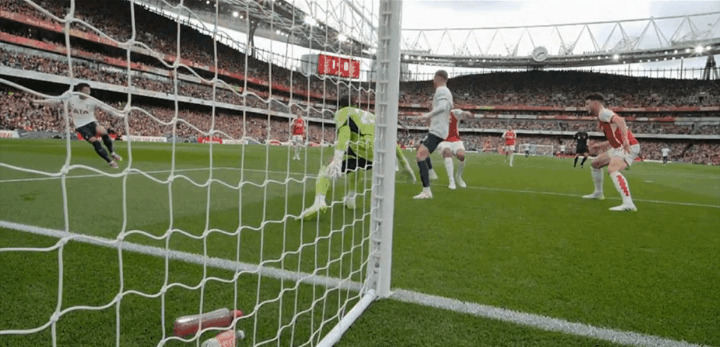



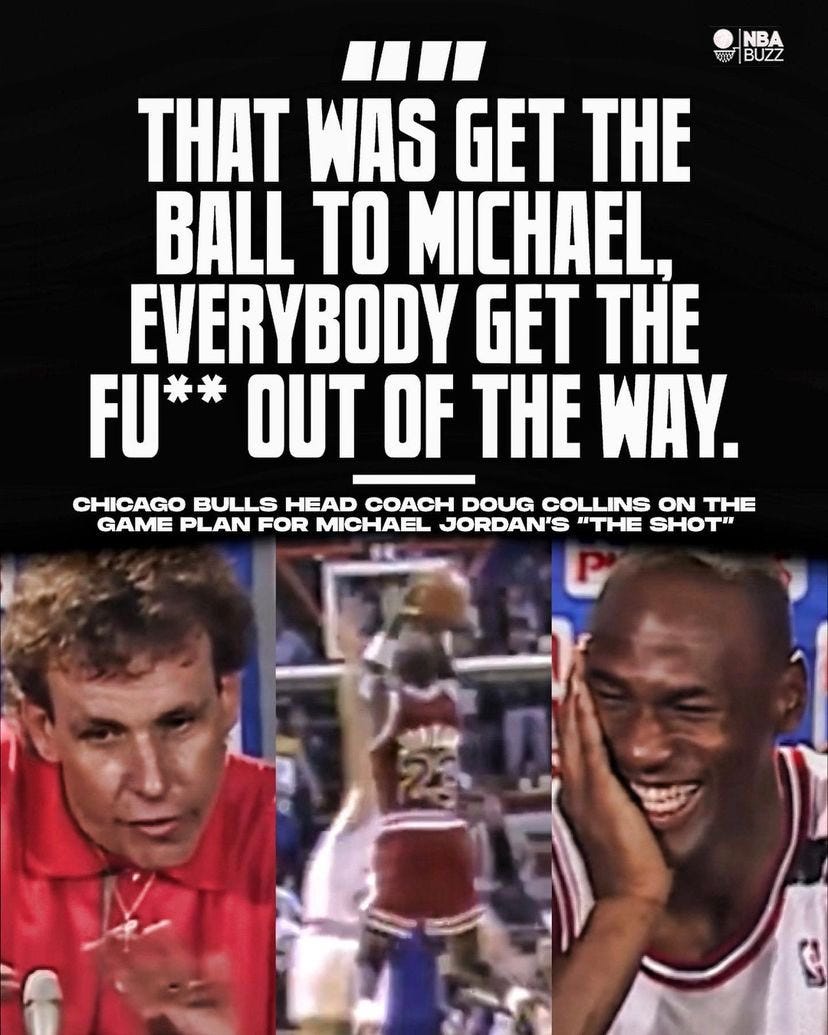
Our expectations and City’s perfection make every draw feel like a loss, but the real problem is that we gifted them this point (just as we did Fulham).
I understand why Arteta went with Nketieh, but my gut instinct pre kick off was that we should have started Jesus at 9. And given he’s not ready for 90’ Eddie would have been fine as a option off the bench.
Arteta lands on this lineup by deciding Jesus is better on the wing than Nelson. Correct. But he’s even better at CF and that’s what we really needed.
I’m sure this is one Arteta will use as a reference point for future games.
A missed opportunity.
Great analysis once again Billy, a fantastic addition to the online Arsenal experience, and further confirmation that we have some of the most informed and intelligent football fans on the planet.
Great piece! If you could discuss a bit about how arsenal’s ball progression has changed since rice came into the side, it would be great.